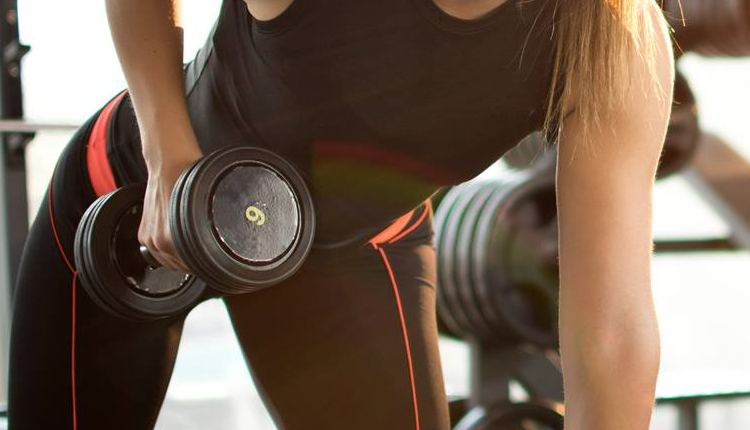PCOD, also known as Polycystic Ovarian Disease, affects a large number of women worldwide. In India, it is estimated that at least a million women are diagnosed with this medical condition each year. Women are most commonly diagnosed with this condition in their late twenties and early thirties. However, it can start as early as 11 or 12 years old. PCOD symptoms include irregular periods, excessive hair growth on the body, and sudden weight gain. Although the disease is not completely curable, there are many things you can do to manage it. Exercising is one of those many things.
Exercise has been shown to be effective in many women with PCOD. Exercising not only aids in the management of PCOD symptoms but also aids in weight loss. So, if you’ve been concerned about your weight gain and want to try something new to manage both your body weight and PCOD, you should start exercising. The types of exercises that are effective in this case are listed below.
Effective types of exercises for PCOD:
Cardiovascular Workouts
Cardio is a type of workout that gets your heart rate up. Cardio workouts of all types are beneficial for reducing insulin resistance, mood stabilisation, and fertility issues. You can begin with the most common cardio workout, such as walking. Walking for at least 30 minutes per day will not only burn calories but will also help you manage your PCOD symptoms. Other high-intensity cardio workouts include running, jogging, swimming, and cycling. And if you don’t feel like going outside to walk or run for miles, you can do it at home on a treadmill.
You may also like: 7 Foods to Avoid If You are Combating PCOS or Polycystic Ovarian Syndrome
HIIT Workouts
Experts suggest HIIT (High-Intensity Interval Training) as one of the most common exercises for PCOD. If you don’t have time to walk or run for an hour every day, HIIT can be a great alternative. With HIIT workouts, you will be able to work on all parts of your body in a short amount of time. Another advantage of HIIT is that you don’t have to go outside to get your heart rate up. You also don’t need a lot of equipment. You can easily begin HIIT without any equipment while burning lots and lots of calories and relieving PCOD symptoms.
Strength Training
The weights are central to strength training. You’ll have to start lifting weights or using your own body weight. Many bodyweight exercises, such as squats and push-ups, can help reduce PCOD symptoms. This type of exercise is great if you want to improve your overall body muscle while also losing all of your excess fat.
Mind and body exercises
Mind-body exercises such as yoga and pilates can be ideal for people who don’t move much but still want to exercise. But don’t think that pilates and yoga are simple because they don’t require any jumping or weight lifting. To master all of the positions in yoga, as well as pilates, a lot of practice is required. Another amazing benefit of yoga and pilates is that they help you deal with stress. Too much stress can cause increased PCOD symptoms, and this type of exercise can help you find peace and calm.
You can begin slowly and gradually increase the amount of time you work out per week. You can start working out for as little as 10 minutes per day and gradually increase your time. Many beginners begin with at least 15 minutes of cardio followed by another 15 minutes of some other type of exercise. You can either hire a professional trainer after explaining your goals, or you can begin on your own and figure it out as you go.
How often do you exercise to manage PCOD symptoms? How long did you have to work out to see results? Please share your experience with us.


Comments are closed.